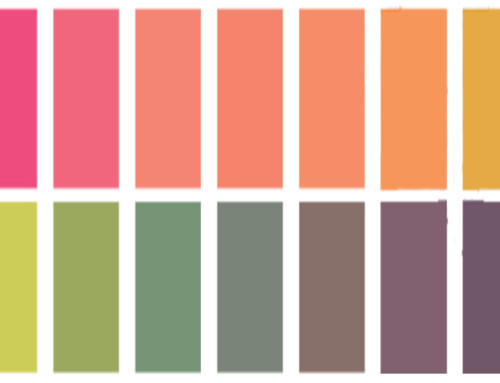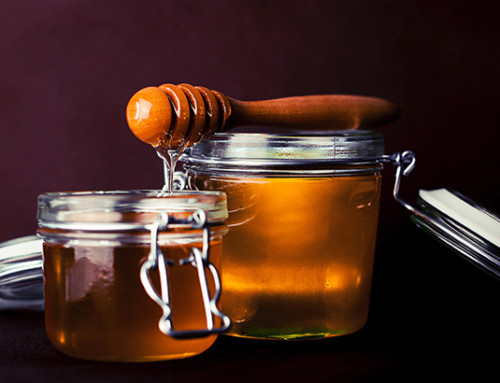We make a whole range of pH test strips, so we thought it would be fun for you to try making your own pH indicator in this DIY pH Experiment. This experiment is brought to you by the U.S. Environmental Protection Agency.
In this experiment you will make your own pH indicator from red cabbage. Red cabbage contains a chemical that turns from its natural deep purple color to red in acids and blue in bases. Litmus paper, another natural pH indicator, also turns red in acids and blue in bases. The red cabbage pH indicator can be obtained by boiling the cabbage.
Materials:
- sliced red cabbage
- stainless steel or enamel pan or microwave casserole dish
- 1 quart water
- stove, microwave, or hotplate
- white vinegar
- ammonia or baking soda
- clear, non-cola beverage
- 3 glass cups (preferably clear)
- measuring spoons
- 3 clean teaspoons for stirring
- measuring cup (1/4 cup)
- notebook and pencil
Instructions:
- Boil cabbage in a covered pan for 30 minutes or microwave for 10 minutes. (Do not let the water boil away.)
- Let cool before removing the cabbage.
- Pour about 1/4 cup of cabbage juice into each cup.
- Add 1/2 teaspoon ammonia or baking soda to one cup and stir with a clean spoon.
- Add 1/2 teaspoon vinegar to second cup, stir with a clean spoon.
- Add about 1 teaspoon clear non-cola to the last cup and stir with a clean spoon.
- After answering the first two questions for this experiment, pour the contents of the vinegar cup into the ammonia cup.
Questions and Answers
- What color change took place when you added vinegar to the cabbage juice? Why?
Answer: The vinegar and cabbage juice mixture should change from deep purple to red, indicating that vinegar is an acid.
- Did the ammonia turn the cabbage juice pH indicator red or blue? Why?
Answer: The ammonia and cabbage juice mixture should change from deep purple to blue, because ammonia, like baking soda, is a base, which reacts chemically with the pH indicator, turning it blue.
- What happens to the color if you pour the contents of the vinegar cup into the ammonia cup?
Answer: You should find that the acid and base are neutralized, changing the color from blue or red to purple, which is the original, neutral color of the cabbage juice.
- If you were to gradually add vinegar to the cup containing the baking soda (or ammonia) and cabbage juice, what do you think would happen to the color of the indicator? Try it, stirring constantly.
Answer: As you add more vinegar, the acid level increases and the color becomes red.
- Is the non-cola soft drink acidic or basic?
Answer: It is acidic and turns the cabbage juice pH indicator red.
This experiment was brought to you by the U.S. Environmental Protection Agency. Visit their website for more fun experiments you can do at home! And to go a step further, check out this experiment that uses red cabbage to make pH paper!







Leave A Comment